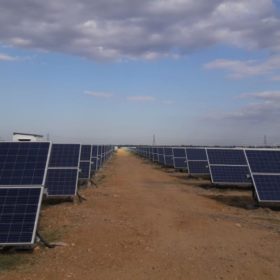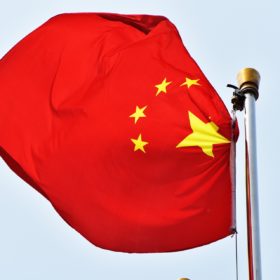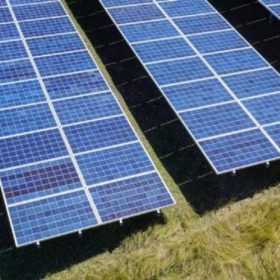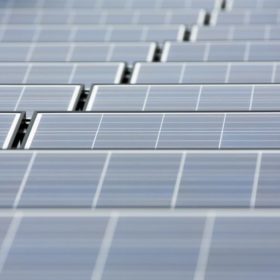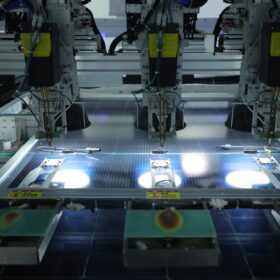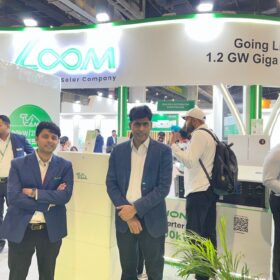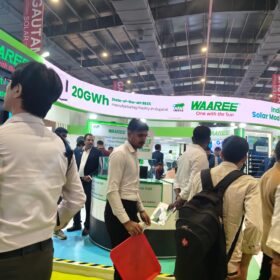Rooftop solar needs greater push to reach 2022 target: IEEFA
Policy certainty and more financial subsidies would incentivise the market, as would support for domestic manufacturing and simplifying the net metering application process.
IEA warning against stagnation of renewables
After two decades of growth, the amount of newly installed renewable energy capacity is no longer rising and, despite a 7% growth in electricity generation from clean energy sources, global energy-related carbon emissions have risen 1.7%.
Tackling India’s solar waste challenge
As the nation aims for 100 GW of solar capacity by 2022 it is staring at up to 1.8 million tons of PV waste by 2050. A solar waste management seminar organized by consultancy Bridge To India in New Delhi brought stakeholders together to discuss how a PV waste management system could help.
China confirms FIT level payments – but they will be ‘subject to competition’
The Beijing authorities have confirmed the payment levels to be made according to type of project and region from July onwards but an auction process will be involved so the figures are for guidance only. No decision has yet been made on the 30 GW of capacity added since the end of May.
ITBP, Sikkim tenders 10 KW and 5 KW solar projects for border outposts
The Indo-Tibetan Border (ITB) Police Force at Lingdum in East Sikkim has invited bids for supply and installation of 10 KWp and 5 KWp solar power plants at its five border outposts.
India will add 144 GW renewables by 2022, exceed 275 GW by 2027: IEEFA
Given the existing trajectory of wind, solar and other renewable sources, India will reach 144 GW renewable energy capacity by FY2021-22—not far from the aspirational 175 GW target set back in 2015. This places India on track for exceeding its 275 GW target in 2027.
India could add 7-7.5 GW solar capacity this fiscal, predicts ICRA
The solar capacity addition of 7-7.5 GW in FY2019-20 will be 15% higher than a subdued 6-6.5 GW in FY 2018-19. Of the total, 1 GW would come through open access/group captive route and grid-connected rooftop.
Maldives — a sinking paradise with solar ambitions
In September 1988, the United Nations spelt doom for the Maldives when the organization predicted that a gradual rise in average sea levels would leave the Indian Ocean nation of 1,196 small islands completely covered by water within 30 years.
The prospects for solar after the Assembly elections
Narendra Modi’s BJP party is seeking re-election with the aim of ensuring the electrification of all railways by 2022 and turning renewable energy into a popular movement with steps including an emphasis on solar farming. Even if the elections spring a surprise, however, the renewable momentum is unlikely to slow as no government can afford to roll back the clean power tide.
India and Australia helped make up for Chinese solar retreat last year
The world had more than half a terawatt of PV generation capacity at the end of last year as emerging solar markets picked up the slack caused by Beijing’s subsidy about-turn to the tune of a 20% rise in installations outside China.

